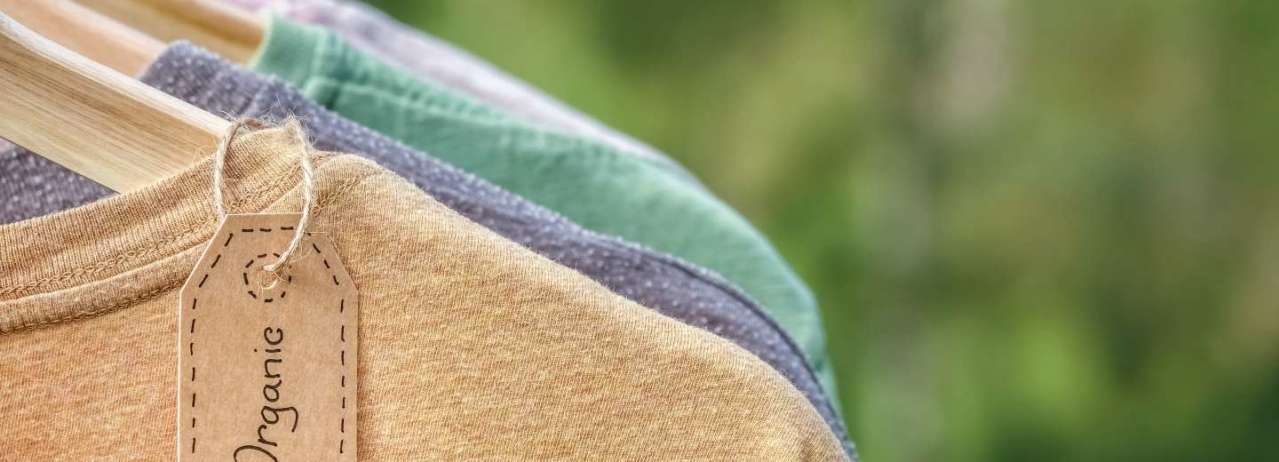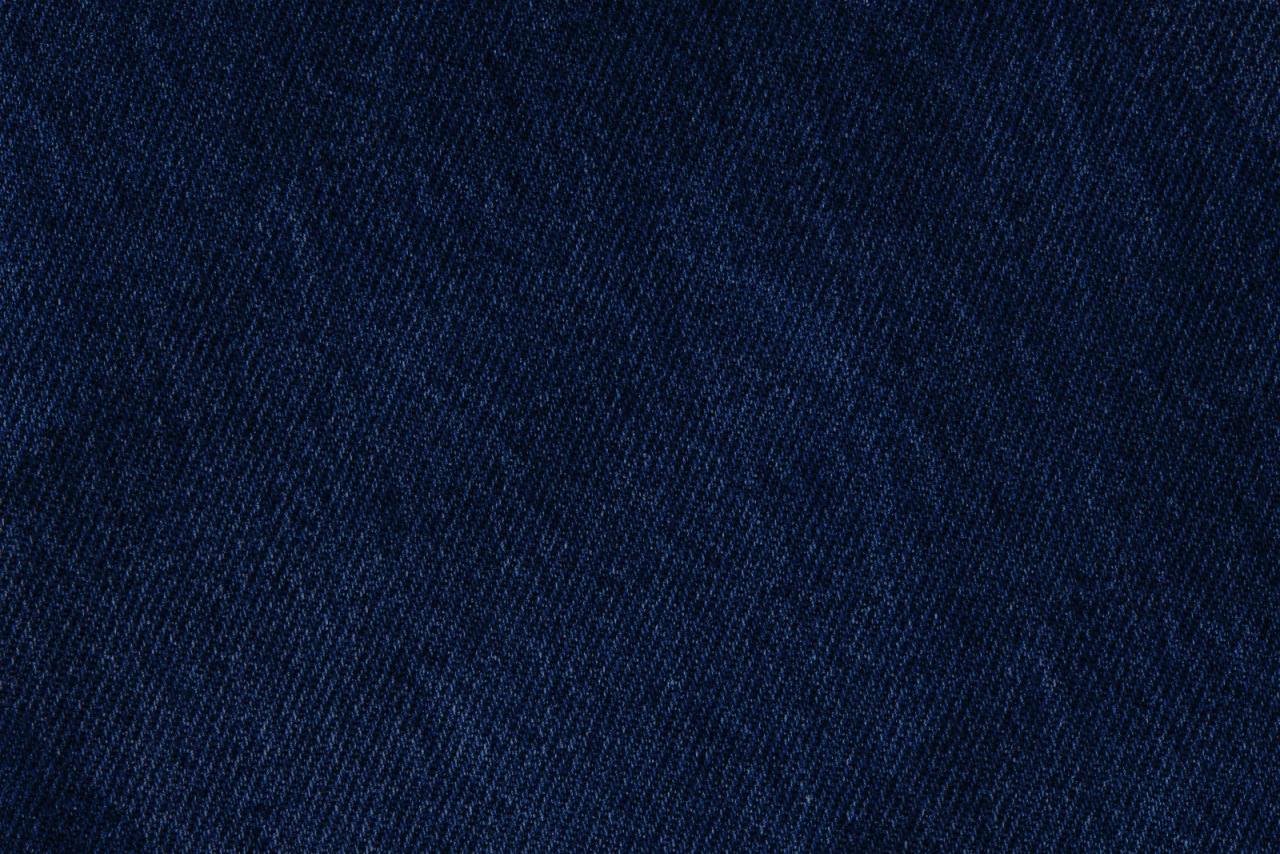Where would we be without cotton? It’s durable, renewable and low-maintenance. It forms the foundation of many a wardrobe.
Cotton’s versatility means there are countless different types of cotton clothes available – but what are the actual differences between the kinds of cotton, though? Here’s a quick guide to common types of cotton fabric so you can get clued up.
Types of cotton
If you’re interested in different kinds of cotton, that could mean one of two things. Are you interested in the different species of cotton or are you interested in different types of cotton fabric?
Let’s tackle species first. There are two main varieties of cotton you’ll find on sale:
Upland cotton (Gossypium hirsutum)
Upland cotton has a high yield and is easy to grow, meaning it’s the type of cotton you’ll see most often in the shops; it’s said to form 90% of the world’s cotton production. It's native to South and Central America.
Egyptian cotton (Gossypium barbadense)
Egyptian cotton has longer, silkier strands than most types of cotton. It’s soft, fine and durable, which gives it a reputation for quality, but it’s harder to produce in large quantities than upland cotton. Although it’s often called Egyptian cotton, its origins lie in South America.
There’s also Indian cotton (Gossypium arboreum), native to India and Pakistan, and Levant cotton (Gossypium herbaceum), native to Africa and the Arabian Peninsula. These each form less than 2% of the cotton market, though, so you’ll generally hear less about them.
Whatever the variety, cotton clothes are often easy to take care of and easy to wash. Always check the label first to follow any wash instructions and be aware that cotton clothes can roughen in the washing machine. A little Comfort fabric conditioner can help to keep them feeling soft.
Types of cotton fabric
Now that you know about the different species of cotton let’s look in more detail about the different types of cotton fabric – there are quite a lot!
Cambric
A lightweight cloth with a long history; a cambric shirt is mentioned in the folk song ‘Scarborough Fair’. It’s also used for handkerchiefs and lace. Cambric was originally made of linen but nowadays you’ll find it in cotton as well.
Canvas
A heavy, long-lasting fabric, often rough to the touch. It’s used to make things that will need to withstand the elements, such as tents, sails and rucksacks, but you might also find it in your favourite hat.
Corduroy
With its distinctive ridged pattern, is often used to make trousers or jackets. You can run your finger across it and feel the cords.
Denim
The rough, sturdy twill weave that’s usually used for jeans. It’s interesting to take a close look inside blue jeans; you’ll usually find white stitches alternating with blue. This is because the warp threads are dyed blue, but the weft threads, which only appear on the inside of denim, are usually left white.
Flannel
A soft, slightly fuzzy fabric with a bit of weight to it. It’s often used for casual shirts and cuddly pyjamas. As with many kinds of cotton fabric, flannel can also be made from other materials, such as wool.
Gauze
Very loosely woven and often sheer. Cotton gauze is often used to dress wounds, but it can also add stunning transparent accents to your clothes.
Lawn
A light, smooth, finely woven fabric. It’s silky to the touch and great for colourful summer dresses.
Muslin
A light, loose-woven, affordable cloth. If dressmaking has always been your dream, you might use muslin to make test versions of clothes before you break out the more expensive fabric.
Oxford cloth
A textured fabric, opaque and wrinkle-resistant, which makes it very practical for shirts.
Poplin
A strong, straightforward, versatile fabric with a bit of ribbing to it, as the weft is thicker than the warp. It’s got a slight sheen and it’s used for all sorts of clothes: shirts, trousers, coats, dresses and more.
Sateen
A satiny feel and sheen. It’s weaved in the same way as satin, but it’s made of cotton rather than silk. It’s popular for bedsheets.
Terry cloth
The fabric that’s used to make towels, bathrobes and face flannels, covered in tiny loops of thread. It’s an absorbent design that enhances the natural absorbency of cotton. It’s confusing that flannels aren’t made of flannel, but that’s the world we live in.
Velour
A very soft pile, and at first glance, its lustrous sheen is similar to velvet. Velvet is traditionally made of silk, though, so cotton velour is a lot more affordable. It’s used for both clothes and upholstery.
How to care for cotton
As a versatile fabric, cotton is relatively easy to look after. Here’s how to wash, dry, and iron your cotton:
Washing
Always check the care label to make sure your cotton item is machine washable! Each blend of cotton is different. To preserve bright or dark colours on cotton, try washing at a lower temperature.
Using fabric conditioner alongside your laundry detergent will help keep your clothes like new. Simply add it to your fabric conditioner drawer when you do your wash, our fabric conditioner will be released during the washing cycle. It coats the fibres of your clothes and helps to keep them soft, smelling great, and able to retain their shape and colour. It also helps to keep them from bobbling and makes them easy to iron, and with less static. Ultimately, it helps to keep clothes in good condition, so you can enjoy your favourite items for longer!
Drying
Check the label for any special considerations, and dry naturally or on a cool temperature in the tumble dryer to avoid shrinking.
Ironing
Use a fabric conditioner like Comfort to help preserve the softness of cotton as well as give it a great fragrance ready for ironing! Check the label and choose the corresponding ironing setting.
This article by no means covers all the different types of cotton fabric available to you. Cotton’s a fantastically versatile plant, and it can be used to make all sorts of great clothes. If you start looking out for it, you’ll be amazed by how many things are made of cotton.


